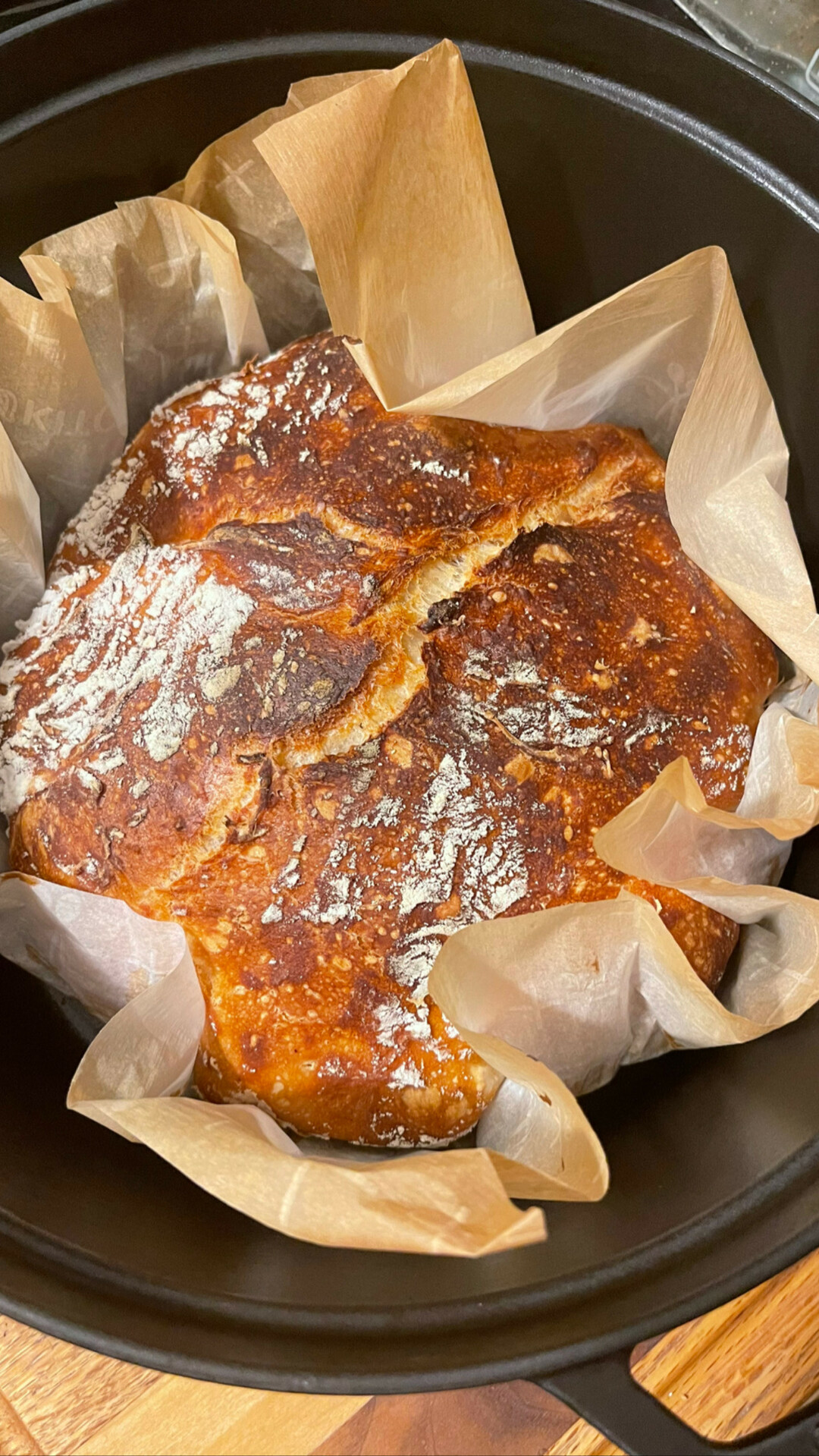Struggling lately with career vs. living a fulfilling life. Wishing me and my family could use our Italian passports to spend a year abroad without sacrificing the stability I have here in Portland. Government jobs don’t readily lend themselves to fully remote work.
After all the shopping for others was done, papa got a couple gifts for himself this year. Upgrading my MIM Fender Classic Player Jazzmaster with a Halon Bridge and a MIA Jazzmaster Professional II rosewood neck. 🎸
Santa had a lot of fun this year.

How do people integrate their long form blogging with their micro blogging? All on the same platform or somewhere else entirely? Still trying to figure out micro.blog.
Preparing for all of metro #portland to be brought to its knees tomorrow due to freezing temps and a little over half an inch of snow. Might as well get ready to work from home with my two small children present bc it looks like I’ll be paying my daycare to not daycare.

TriMet offers free rides on New Years Eve: https://katu.com/news/local/trimet-offering-free-rides-on-new-years-eve-bus-max-streetcar-holiday-free-fare-intoxicated-safe-celebrate-drinking-portland-multnomah-clackamas #portland #pdx #trimet #nye #2023
Today my dad would’ve been 64 had he not killed himself drinking and driving at age 44. Don’t be like my dad this holiday season.
School lunch in 1999 was $1.25, so that’s what I used to get from my mom everyday. I used to blow that every single day on either Starbursts or a bottle of Coke from the vending machines. It’s no surprise then that I weighed 139 lbs at 6 ft tall. So my New Year’s resolution is to eat nothing but a pack of Starbursts and a Coke before 4 PM everyday to lose the 100 lbs I’ve gained since the late 90s.
Brought my #Fender Jazzmaster into Portland Music Company yesterday. It desperately needed a setup and the jack needed some soldering done. Had fun looking around at all the different guitars, amps, banjos, etc. Reminded me of my days in Lansing after college when I’d spend my lunch breaks at Elderly Instruments in Old Town. It’s amazing how many people I meet all across the U.S. who used to receive their guitar lists and catalogs. #pdx #lansing #guitars
Thought I had macular degeneration for a few weeks there until I discovered that it was just my LG TV’s backlight dimming energy saving feature that had been turned on, either by accident or firmware update. Whew.
The 90s clothes I wore in my teenage years back on full force. I tried on some Levi’s of that ilk this past weekend just to see if I could pull them off, but as a frumpy suburban dad in his early 40s, they just sort of emphasized my worst physical attributes. And anyone under 60 just looks ridiculous in a goatee. #90s #wompwomp
Having lived in the PNW for going on 8 years now, it’s pretty jarring whenever I hear someone from back home in the Midwest speak. The accents are super thicker than I remember, and I can easily pick one out in a crowd now, usually to the speaker’s surprise. Most can’t hear it themselves. #michigan #language #accents
I would like to know why you still have to go digging deep into file trees in Microsoft Windows every time you go to open a common file in various programs. You know I just created this screen capture and the location of where I saved it, why isn’t this the first option that pops up in the Explorer dialog box? Countless other examples. I swear, there is just way too much unnecessary friction in Windows. #endrant #microsoft #windows
Happy that we got down to California and back for Thanksgiving before all the precip hit in the Mtns. Beautiful as it is, I don’t miss driving in it, especially with steep grades.

My son is going on 4 years old and we’ve kept his hair at a medium length for a couple years now. We always get comments from my wife’s conservative family about how he needs a haircut, but it just makes me want to keep it growing. It bothers me, and I know they won’t be the same way with my daughter in a couple years. It’s for sure gonna come up again around Christmas and I need some good one liners to throw them off their balance. Any suggestions?
Almost conducted a poll asking where most people do their Tooting, but decided against it. #mastodon #fediverse
Just baked another loaf of rustic white. I love carbs. #baking #bread #dutchoven
